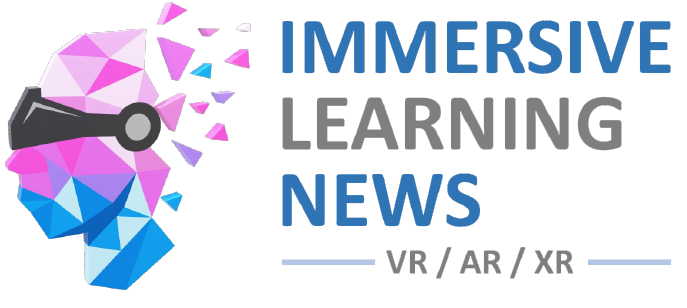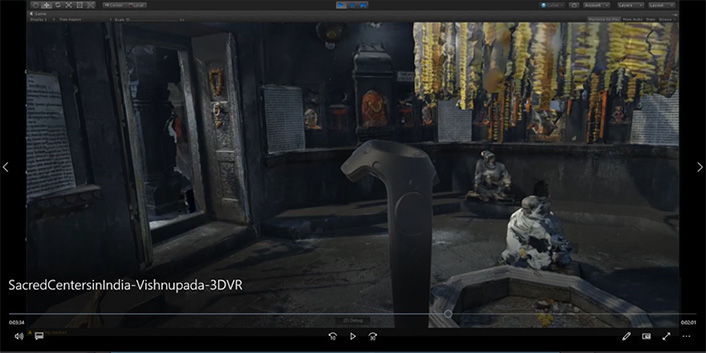Busting a few myths about the use of Virtual Reality in education
People are always looking for ways to make knowledge transfer quicker, easier, and more approachable. Virtual Reality (VR) education can transform the way educational content is delivered by enhancing learning and increasing engagement.
Being immersed in what you are learning can drive you to fully understand it. This method of studying will require less cognitive load to process information. Let us take a look at myths about VR in higher education:
Too expensive
Research finds that VR training is actually cost-effective, especially at scale. Once owned, the hardware can be used as many times as needed. VR experiences offer a higher return on investment by allowing a great number of users to be upskilled more efficiently in a shorter time. VR training also allows the tracking of performance in real time without any additional costs.
Teacher has to be a technician
Educators have a preconceived notion that most of their time will be spent in understanding the tech product. For technology-based education, a teacher’s role is about planning and providing electronic content for learners. By facilitating the learning process, the teacher can ensure good results and strengthen the learners’ internal motivation.
No content
Although we may equate VR with entertainment, it has the capability to provide students with an immersive experience that is beneficial to learning and can be used for all types of e-learning courses and business training.
Teachers will be replaced
The transition to digital education is changing the teacher’s role from content delivery to content assistance.
Teachers will be more focused on creating opportunities for active learning, than providing ready-made knowledge. Thus, teachers will be irreplaceable.
Infrastructure is important
Space is an important factor in training, so this myth arises from a real concern. This concept is influenced by the idea that a room is not big enough to host VR experiences. The choice of VR hardware will determine the space one requires. By choosing your VR equipment wisely you can remove spacing issues.
Despite its potential, the important step in education is a teacher’s decision to push forward and adopt these technologies.
Quelle:
https://www.thehindu.com/education/myths-busted-on-the-use-of-vr-in-education/article37987866.ece




